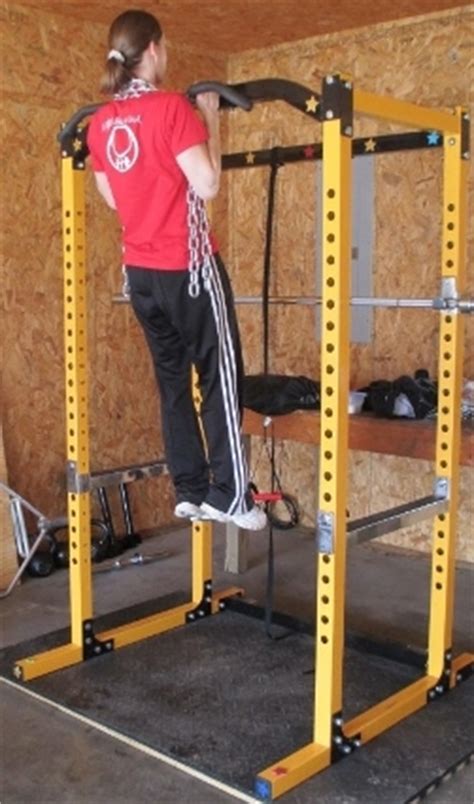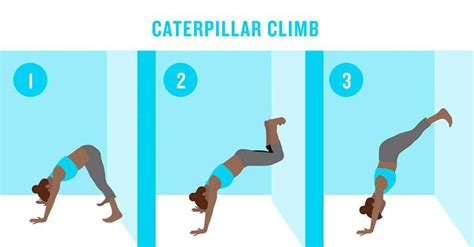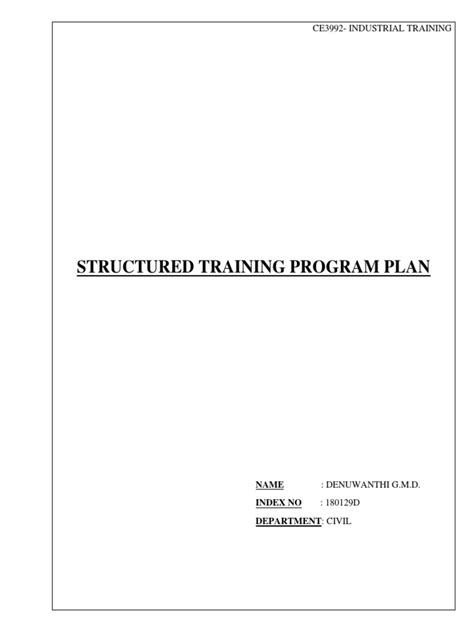How to crush workout plateaus for elite strength & energy?

Conquering the Frustration of Workout Plateaus
Every dedicated fitness enthusiast eventually encounters the dreaded workout plateau. It’s that moment when your progress stalls, your lifts stop increasing, and your energy seems to wane, no matter how hard you push. This can be incredibly frustrating, leading to demotivation and a sense of being stuck. However, a plateau isn’t a dead end; it’s a signal that your body has adapted to your current routine, and it’s time to evolve your approach. Breaking through these barriers requires a strategic blend of advanced training techniques, optimized nutrition, and meticulous recovery practices.
Understanding the Plateau Phenomenon
Workout plateaus occur for several reasons. Primarily, your body is an incredibly efficient machine, and it adapts quickly to repetitive stressors. When you perform the same exercises with the same intensity and volume over an extended period, the initial challenge diminishes, and the stimulus for growth decreases. This adaptation can manifest as a halt in strength gains, muscle development, or even a dip in overall energy. Other contributing factors include inadequate recovery, nutritional deficiencies, overtraining, or a lack of variety in your regimen. Recognizing the root cause is the first step toward devising an effective counter-strategy.

Advanced Strategies for Breaking Through Strength Plateaus
Progressive Overload Beyond Reps & Weight
While increasing weight or reps is the most common form of progressive overload, it’s not the only one. To truly crush plateaus, you need to diversify your progressive overload techniques:
- Time Under Tension (TUT): Slow down your eccentrics (lowering phase) or concentrate on the concentric (lifting phase) to increase the time your muscles are under load.
- Reduced Rest Periods: Gradually shorten the rest time between sets to increase training density and cardiovascular demand.
- Exercise Variations: Introduce new exercises that target similar muscle groups from different angles (e.g., switch from barbell squats to front squats or leg presses).
- Tempo Training: Experiment with specific lifting tempos (e.g., 2-0-2-0 for a 2-second eccentric, 0-second pause, 2-second concentric, 0-second pause).
Periodization and Deloads
Structured training cycles, known as periodization, are crucial. This involves varying training intensity and volume over specific phases (e.g., hypertrophy, strength, power) to prevent adaptation and overtraining. Equally important are deload weeks, where you significantly reduce volume and/or intensity. Deloads allow your central nervous system and muscular system to recover, repair, and supercompensate, priming you for new gains when you return to full intensity.

Incorporating Unconventional Training Methods
Sometimes, your body needs a novel stimulus. Incorporate methods that challenge your body in new ways:
- Plyometrics: Explosive movements like box jumps or broad jumps can improve power and recruit fast-twitch muscle fibers.
- Complexes: Performing a series of exercises back-to-back with the same weight and no rest can boost conditioning and strength endurance.
- Strongman Movements: Tire flips, farmer’s walks, or sled pushes engage full-body strength and provide a unique functional challenge.
- Isometrics: Holding a position under tension (e.g., mid-rep pause) can build strength at specific joint angles.
Fueling for Elite Strength & Sustained Energy
Optimized Nutrition: Macro & Micronutrients
Your diet is the bedrock of your performance. To achieve elite strength and consistent energy, focus on:
- Adequate Protein: Essential for muscle repair and growth, aim for 1.6-2.2 grams per kilogram of body weight.
- Complex Carbohydrates: Your primary energy source. Opt for whole grains, fruits, and vegetables to fuel workouts and replenish glycogen stores.
- Healthy Fats: Crucial for hormone production, joint health, and sustained energy. Include sources like avocados, nuts, seeds, and olive oil.
- Micronutrients: Don’t overlook vitamins and minerals. A diverse diet rich in colorful fruits and vegetables ensures you get these essential cofactors for energy production and overall health.
The Power of Hydration and Electrolytes
Dehydration, even mild, can severely impair strength, endurance, and cognitive function. Drink plenty of water throughout the day, especially around workouts. For intense, prolonged sessions, consider adding electrolytes (sodium, potassium, magnesium) to your water to prevent cramps and maintain nerve and muscle function.

Strategic Supplementation (If Necessary)
While no supplement replaces a sound diet, some can support your goals:
- Creatine Monohydrate: Proven to increase strength, power, and muscle mass.
- Caffeine: Can enhance focus, reduce perceived exertion, and boost performance.
- Beta-Alanine: May help buffer lactic acid, improving endurance during high-intensity exercise.
- Adaptogens: Herbs like Ashwagandha can help manage stress and improve recovery.
Always consult with a healthcare professional before starting any new supplement regimen.
Recovery: The Unsung Hero of Performance
Prioritizing Sleep Quality
Sleep is when your body repairs and rebuilds. Aim for 7-9 hours of high-quality sleep per night. During deep sleep, growth hormone is released, and muscle protein synthesis peaks. Poor sleep can elevate cortisol (stress hormone), hinder recovery, and impair energy levels.
Active Recovery & Mobility Work
Don’t just rest; actively recover. Light cardio, foam rolling, dynamic stretching, and yoga can improve blood flow, reduce muscle soreness, and enhance flexibility, preventing injuries and preparing your body for the next intense session.

Stress Management
Chronic stress, whether from training or daily life, elevates cortisol, which can lead to muscle breakdown and fat storage. Incorporate stress-reducing practices like meditation, deep breathing exercises, spending time in nature, or hobbies to keep cortisol levels in check and support overall well-being and recovery.
Mindset and Consistency: The Ultimate Weapons
Breaking through plateaus also demands mental fortitude. Stay consistent with your revised training plan, meticulously track your progress, and celebrate small victories. Visualizing success and maintaining a positive, growth-oriented mindset can significantly impact your physical performance. Remember that progress isn’t linear; there will be ups and downs, but persistence is key.

Conclusion
Workout plateaus are an inevitable part of any fitness journey, but they are not insurmountable. By strategically varying your training stimulus, meticulously optimizing your nutrition, prioritizing robust recovery, and maintaining an unwavering mindset, you can not only crush these barriers but also unlock new levels of elite strength and sustained energy. Embrace the challenge, listen to your body, and continually adapt your approach to keep progressing towards your peak physical potential.








